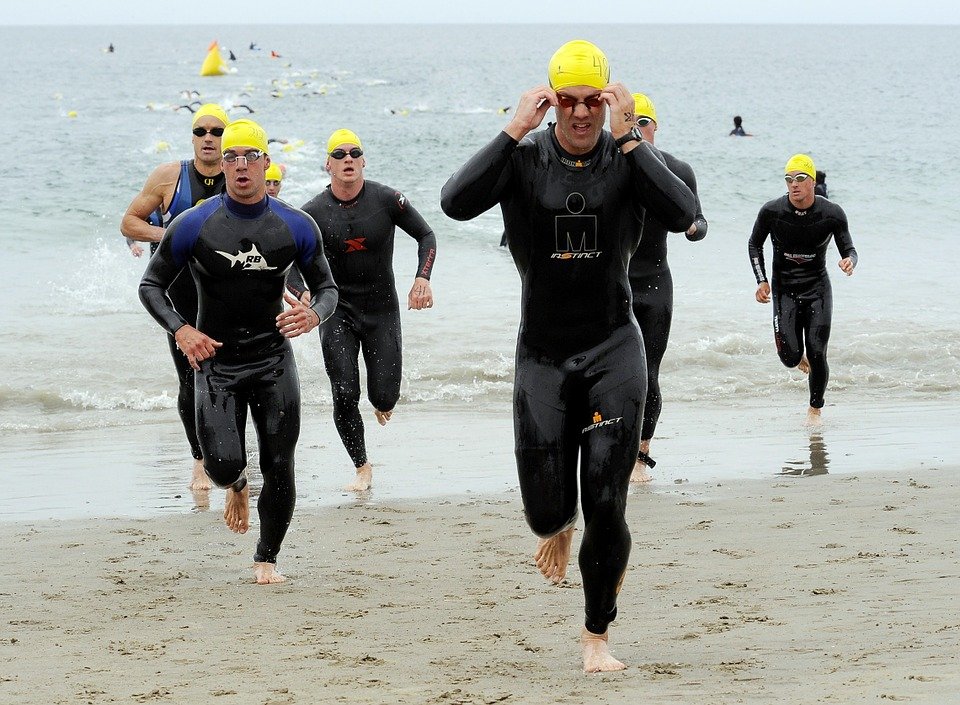
It was almost a decade ago that I wheeled my new carbon fibre bike out of a store in south London. Having just parted with the thick end of £1,000 I was struck with nervous excitement. Am I going to be mugged? Will this beautiful machine help me dip under 2.30 in an Olympic triathlon? What is my mum going to say? I was 32 at the time.
Two minutes later I was back in the shop. Not because my mum found out (as mothers are genetically predisposed to do – mine’s a well-meaning woman but with a witch-like sixth sense of knowing when her offspring wantonly splash cash). I actually had a puncture. One thousand pounds and it’s susceptible to very tiny sharp objects? Had I been had? Or was I just unlucky?
A few weeks prior I had also invested in a new helmet. On the way home I didn’t wear the helmet (I am predisposed to buy things and then think about them for 4 to 8 weeks before actually wearing or using them). I managed to get the bag containing the helmet trapped in the front wheel, flipping me off and buckling the wheel. The only thing that could have made this more ironic is if I had smashed my head open too. Since then, I have followed the “helmets are for your head” mantra. And made sure my children do too.
Mine is the daughter that screams out loud at grown ups (including aggressive looking ones) “THEY’RE NOT WEARING THEIR HELMETS”. She can often be found using slides and swings with hers on. Mine is also the son still wearing his helmet as he disappears into the school building each day and it’s still on top of his head as he walks out. I still wonder if he actually takes it off at all.
Anyway, I was reminded of this personally historic expenditure by a piece in The Times, which highlighted how popular and costly triathlons are. Here’s a summary of the key bits of investment they came up with:
- Wetsuit: £90-£457.50
- Road bike: £560-£11,000
- Running shoes: £60-£160
- Goggles: £17.99-£34.99
- Sports drink: £1-£95
- Competitions: £104.99-£476
So, at the top end you are looking at a shade under £12,000 – and almost all of that is the bike (And you could go for a custom build of course, or buy locally). The decision on which one to go for is pretty critical (and then you spend night and day keeping it from the sweaty clutches of the light-fingered members of society).
I am not going to tell what to do (other than to not to tell your mum what you’re going to do). But I do wonder how many extra percent those high-end bits of kit will give you?
We already have Nike claiming 4% benefits for some of its shoes (that’s six minutes over a marathon). An analysis by the New York Times suggests they might be telling the truth: “… in a race between two marathoners of the same ability, a runner wearing Vaporflys would have a real advantage over a competitor not wearing them.” That could be £200 well spent.
Sports nutrition also intrigues me. As I’ve said before, I’m always on the look out for the next miracle performance enhancer, ideally on the cheap. So the idea of sending my sweat away for analysis for just £95 so I can “personalise” my hydration seems perfectly justifiable. Some at yellow Jersey have tried it out.
However the latest “wonder drink” is ketone ester – a supplement that many teams in the Tour de France reportedly opted for, but one which some want kicked from the professional circuit. Putting aside whether these are safe, you do start to wonder where the line is here. Is it fair? And if so why are teams so reticent to admit to using this supplement?
I haven’t bought a bike or a wetsuit for almost 10 years and I tend to drink milk to rehydrate. My best time in a standard distance triathlon was on a hybrid (I took the panniers off) and my wetsuit, though torn and frayed, fits my odd bod like a glove. My race times haven’t shifted much, but at least it keeps my mother happy.